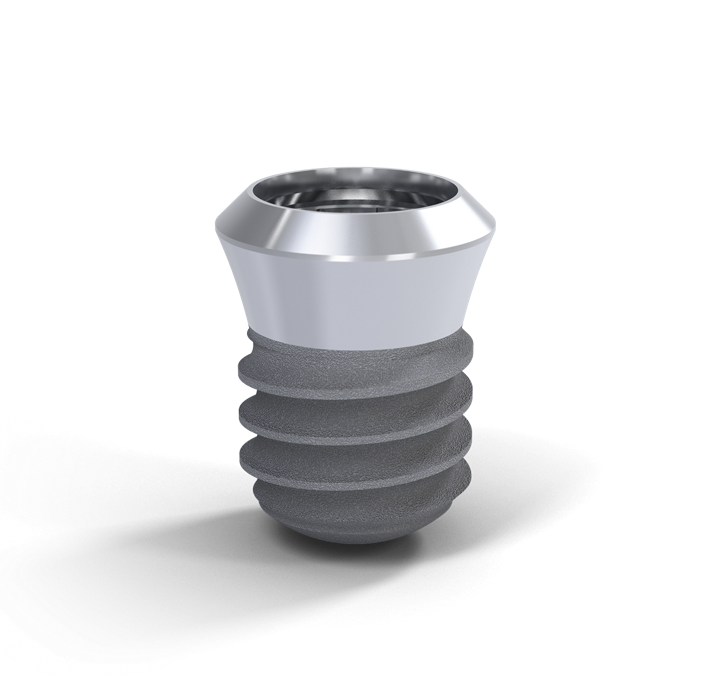
A new world of possibilities.
The Straumann® Standard Plus Short Implant, with a length of only 4 mm, is the shortest screw-type implant with internal connection on the market. It offers new, less invasive treatment options in cases with limited bone height where a bone reconstruction prior to implant treatment is not desired.1 Extra short drills, taps, and a drill stop system facilitate surgical procedures and enhance patient comfort. As a part of the Soft Tissue Level/Roxolid®/SLActive® implant portfolio, it includes all of the great features and benefits that have made the entire line so successful. Clinical studies2 show that short implants perform as well as longer implants – thanks to Straumann's advanced material and surface properties.
Brochures and videos
Looking for additional information? You'll find them in the Resource Center.